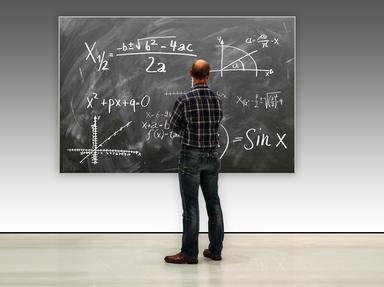Quiz Answer Key and Fun Facts
1. "Every action has an equal and opposite reaction"
2. "If a system A is in thermal equilibrium with another system B and system B is in thermal equilibrium with system C, then system A is also in thermal equilibrium with system C"
3. "Equal volumes of all gases under the same conditions of temperature and pressure contain equal number of molecules"
4. "Current passing through a conductor between two points is directly proportional to the potential difference across two points given temperature is constant"
5. "The total energy radiated from black body is equal to the fourth power of its absolute temperature"
6. "The extension of a spring is proportional to the tension stretching it"
7. "Volume of a given mass of a gas varies inversely with the pressure of the gas, given temperature is constant"
8. "Rates of diffusion of gases are inversely proportional to the square roots of their densities under similar condition of temperature and pressure"
9. "Volume of a given mass of gas increases or decreases by 1/273 part of its volume at 0 degree celsius for each degree rise or fall in its temperature given pressure is constant"
10. "The force between two charge is directly proportional to the product of their charge and inversely proportional to the square of distance between them"
Source: Author
The_Rubiks
This quiz was reviewed by FunTrivia editor
rossian before going online.
Any errors found in FunTrivia content are routinely corrected through our feedback system.
